Everything You Need to Know About Converting to MP4
The popularity of MP4 files as a standard video format exists because this format functions seamlessly with every device and programming interface. Conversion of videos into MP4 format facilitates easier playback since this format works well across multiple platforms. This guide introduces MP4 file characteristics alongside its extensive adoption and shows a simple method to conduct fast file conversions. The platform has all the required information available regardless of your skill level.
What is MP4?
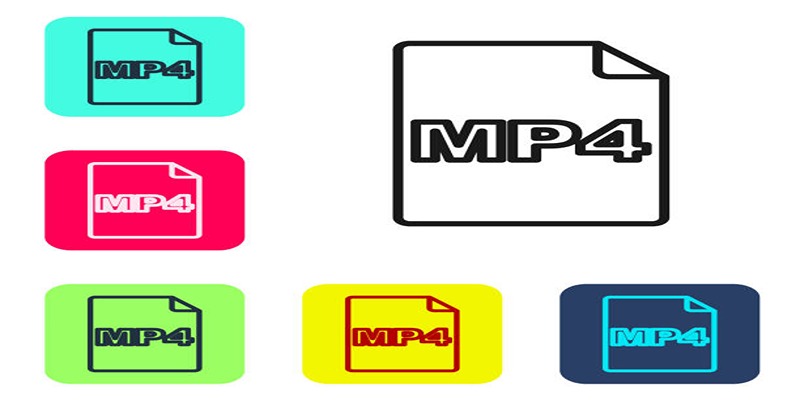
MPEG-4 Part 14 stands as the acronym for MP4 which represents a digital multimedia container format. Audiences started using MP4 as a video file format in 2001 after its initial release. MP4 enables the storage of video alongside audio clips and images as well as subtitle information inside one single file. Users benefit from this format because it provides straightforward file usage for streaming as well as playback and sharing across different platforms.
Why Choose MP4?
Apart from its versatility and ability to contain different types of data in one file, there are several other reasons why MP4 is the preferred format for many people:
- Compatibility: MP4 operates across diverse devices since it supports smartphones in addition to laptops and tablets and gaming consoles too. Most multimedia players together with applications for editing support this file format.
- Quality: MP4 uses the H.264 codec, which offers high quality and efficient compression. This means you can have smaller file sizes without compromising on video quality.
- Streaming: Many streaming services such as YouTube, Netflix, and Hulu use MP4 as their default format because it offers a good balance between size and quality. This allows for smoother playback with minimal buffering.
Tools and Software for Converting to MP4
Converting videos to MP4 can be done with various tools and software, both online and offline. Here are some popular options:
- Online converters: There are many websites that offer free video conversion without the need to download any software. Some of these include Online Convert, CloudConvert, and Zamzar.
- Software: There are also dedicated software programs for converting videos to MP4 such as Handbrake, Freemake Video Converter, and Any Video Converter.
- Built-in conversion tool: Many media players and editing software have a built-in feature for converting files to different formats. This is a convenient option if you already have the program installed on your device.
Step-by-Step Guide to Converting Videos to MP4
Now that you know what MP4 is and why it’s a popular choice, here are the basic steps for converting your videos to MP4:
Step 1: Choose your conversion tool
Decide which method you want to use for converting your videos to MP4. If using an online converter, make sure it is a reputable and secure website. If using software, download and install the program on your device.
Step 2: Select the video file(s)
Select the video file(s) you want to convert from your computer or device. Most converters allow you to upload multiple files at once for batch conversion.
Step 3: Choose MP4 as the output format
Make sure to select MP4 as the desired output format. This can usually be done through a drop-down menu or by simply clicking on an “MP4” option.
Step 4: Customize output settings (optional)
Some conversion tools allow you to customize the output settings such as video quality, resolution, and bitrate. You can choose to leave these at default or adjust them according to your preferences.
Step 5: Start the conversion
Once all the settings are in place, click on “Convert” or “Start” to begin the conversion process. Depending on the file size and your device’s processing speed, this may take a few minutes.
Step 6: Save the converted file(s)
After the conversion is complete, you will be prompted to save the new MP4 file(s) on your device. Choose a location and click “Save”.
Congratulations, you have successfully converted your video(s) to MP4! Now you can easily share, play, and edit them without compatibility issues.
Common Issues and How to Solve Them
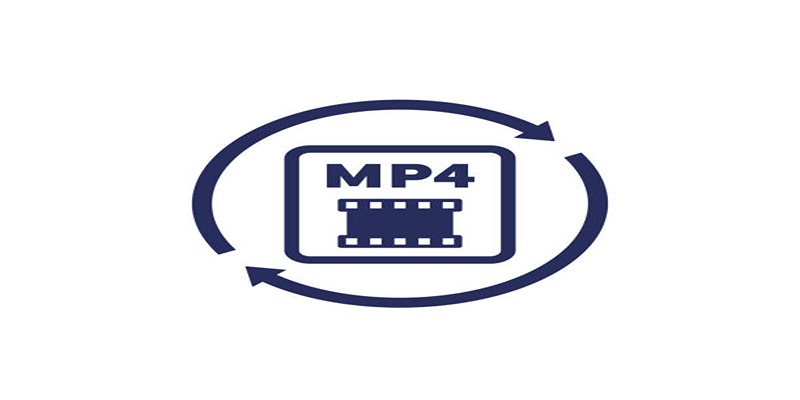
While converting videos to MP4 is usually a straightforward process, you may encounter some issues along the way. Here are some common problems and how you can solve them:
- Unsupported file type: If your video converter is unable to recognize or open the file you want to convert, it may be because the file type is not supported. In this case, try using a different converter or make sure to choose a compatible output format.
- Slow conversion speed: Larger files or batch conversion can take longer to convert. To speed up the process, close other programs that may be running in the background and free up space on your device.
- Low video quality: If your converted MP4 has lower quality than the original file, try adjusting the output settings to a higher value or using a different converter.
- Error messages: If you encounter any error messages during conversion, make sure to read them carefully and troubleshoot accordingly. You can also search online for solutions or contact customer support for the specific program or converter you are using.
- Corrupted file: In rare cases, the converted MP4 may be corrupted or unplayable. If this happens, try converting the file again or using a different converter.
Conclusion
Converting videos to MP4 is a simple and efficient way to make your files more compatible and easier to share. With the right tools and software, you can quickly convert your videos without compromising on quality. Make sure to choose a reliable method and follow the steps carefully for successful conversion. So, even if you're not familiar with video formats or technology in general, you now have all the necessary information to confidently convert your videos to MP4.
On this page
What is MP4? Why Choose MP4? Tools and Software for Converting to MP4 Step-by-Step Guide to Converting Videos to MP4 Step 1: Choose your conversion tool Step 2: Select the video file(s) Step 3: Choose MP4 as the output format Step 4: Customize output settings (optional) Step 5: Start the conversion Step 6: Save the converted file(s) Common Issues and How to Solve Them ConclusionRelated Articles
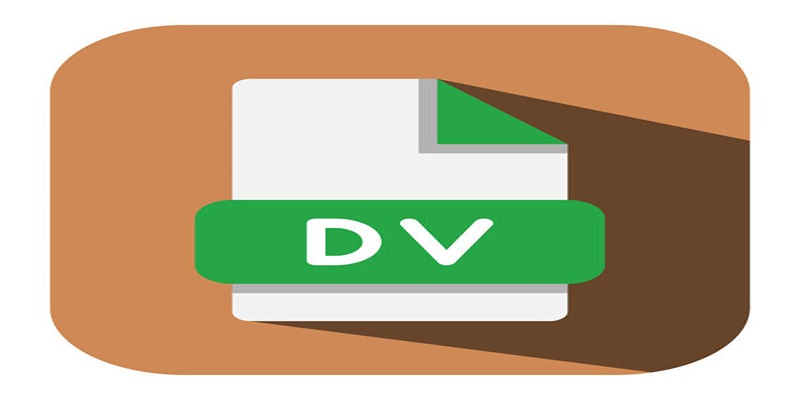
Convert Mini DV to Digital Format on Windows: A Quick Tutorial

Usersnap vs. Userback vs. Marker.io: A Comprehensive Comparison

12 Essential Software Solutions for Efficient Issue Tracking

Effortless Steps to Convert and Upscale Video to 4K Resolution

Which Are The 6 Best Calendar Apps for iPhone to Simplify Your Life in 2025
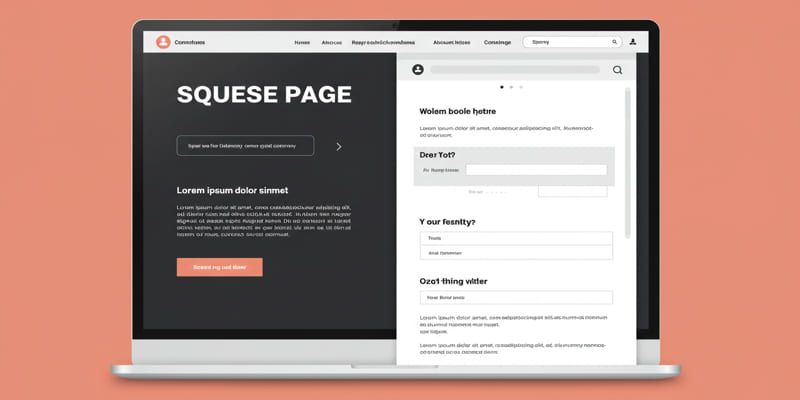
What is a squeeze page?

Conducting Market Research Surveys: DIY Tips and Techniques

The 8 Best Note-Taking Apps for iPad: Stay Organized and Boost Productivity
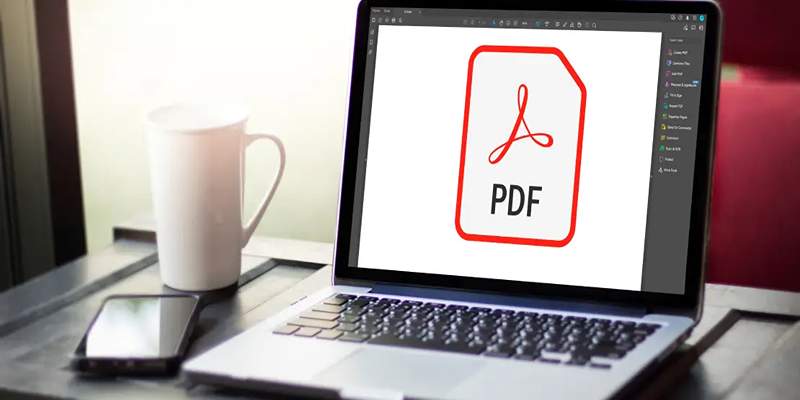
5 Easy Ways to Repair Corrupted PDF Files Online for Free
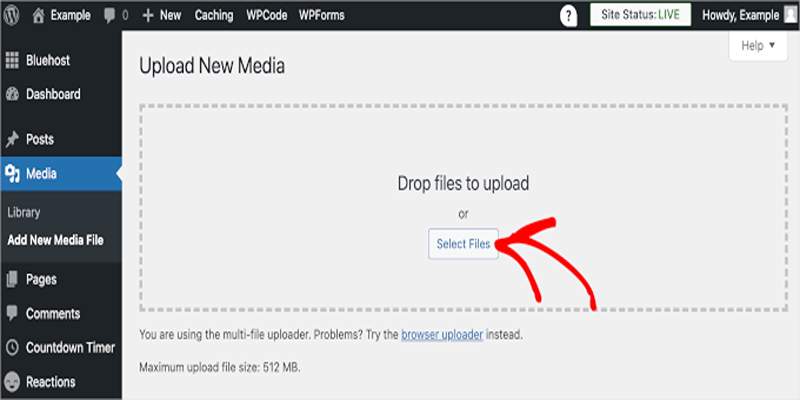
Fix Media Upload Issues on Websites and Apps with These Steps

The Best Instagram Scheduling Apps to Simplify Your Social Media Strategy

 suptoolbox
suptoolbox